Our Projects
Explore our portfolio of innovative solutions and successful collaborations
Computer Vision
Field Control Point Detection & Labelling
Developed custom convolutional neural networks to detect and label keypoints on football fields from various viewpoints, improving camera calibration accuracy.
In the domain of camera calibration, keypoint detection plays a crucial role in estimating camera parameters.
For football broadcast cameras, these keypoints can be specific points on the football field. To tackle this challenge, we have developed custom convolutional neural networks capable of detecting and labelling these keypoints from a wide range of viewpoints. The labeling network was trained exclusively on synthetic images, while the detection network was trained using a dataset composed of real-world images. Annotation of this real-world data was significantly accelerated using a custom camera tracking algorithm. To further enhance accuracy, we implemented a topology-based post-processing algorithm, which leverages the spatial relationships between keypoints to refine the final predictions.
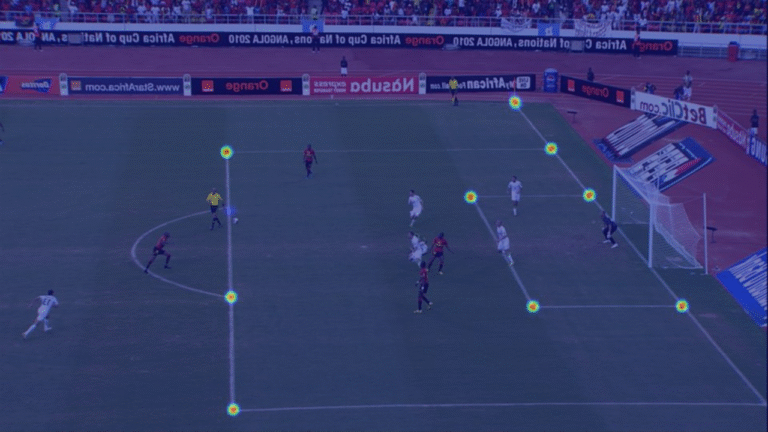
Computer Vision
Human Shape Keying
Developed a custom neural network architecture for human shape keying in sports broadcasts, delivering real-time performance on consumer-grade hardware.
This project aimed to develop an overlay keying solution tailored for sports television broadcasts. The main challenge lay in achieving high accuracy and stability while maintaining real-time performance on consumer-grade hardware. Off-the-shelf segmentation networks proved inadequate — either far too slow or lacking the necessary precision and stability.To overcome these limitations, we designed a custom neural network architecture that combines the strengths of Vision Transformers (ViT) and Convolutional Neural Networks (CNNs). Training was conducted using both synthetic and real-world data. The real-world dataset was built from public segmentation databases reprocessed using semi-automated labelling tools, leveraging the capabilities of large foundation models.
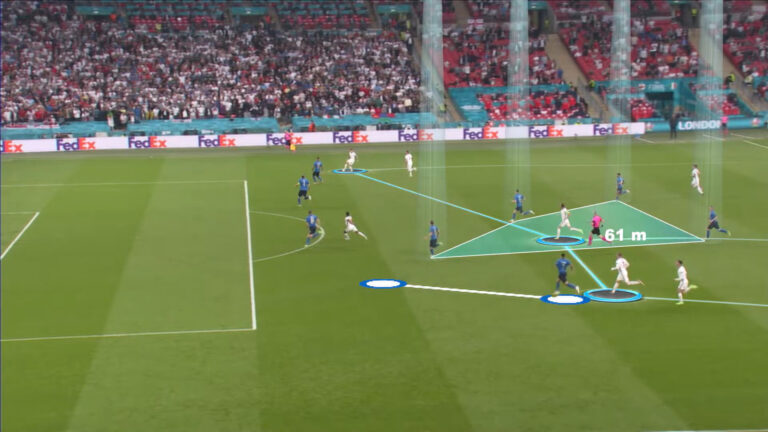
Computer Vision
Inpainting with Frequency Network
Designed a custom inpainting pipeline using frequency-domain neural networks to remove or replace unwanted elements in images.
Inpainting is a technique traditionally used to reconstruct missing or damaged regions in images. However, it can also be applied to remove or replace unwanted elements — the focus of this project.We developed a custom inpainting pipeline by exploring the potential of frequency domain neural networks. Integrating frequency domain processing with convolutional neural networks (CNNs) allows for an expanded receptive field, which can enhance performance in certain tasks by capturing more global context. To leverage this, we designed a custom frequency layer and incorporated it into our inpainting architecture. The resulting model is a Generative Adversarial Network (GAN) built on convolutional layers, augmented with our frequency-based module to improve visual coherence and reconstruction quality.
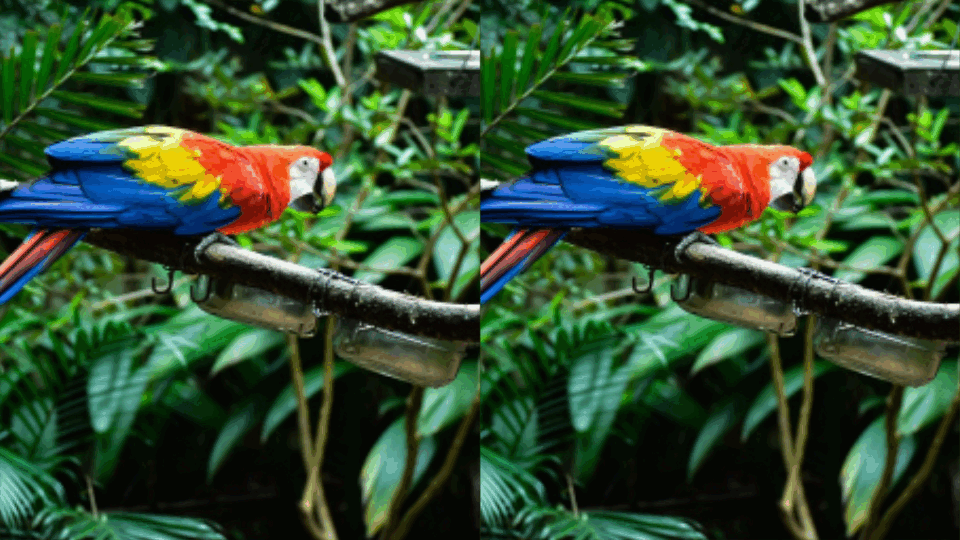
Industrial Automation
Wire-Based Cladding Quality Control On the Fly
Developed a real-time welding monitoring system using an RCNN to ensure weld stability and quality by analyzing weld bead profiles.
As part of a real-time industrial welding monitoring system, we developed a solution to ensure the stability and quality of welds by continuously analyzing the weld profile. This system enables adaptive control of both laser power and welding wire feed speed, allowing for dynamic adjustments during the welding process.Since the welding process was being developed in parallel, only a limited amount of real-world data was available. To overcome this, we collaborated with the client to build a synthetic dataset grounded in their domain expertise. Using this dataset, we designed and trained a Recurrent Convolutional Neural Network (RCNN). The integration of recurrent layers allows the model to maintain temporal context across sequences of narrow pictures, preserving global understanding while minimizing latency — crucial for real-time applications.
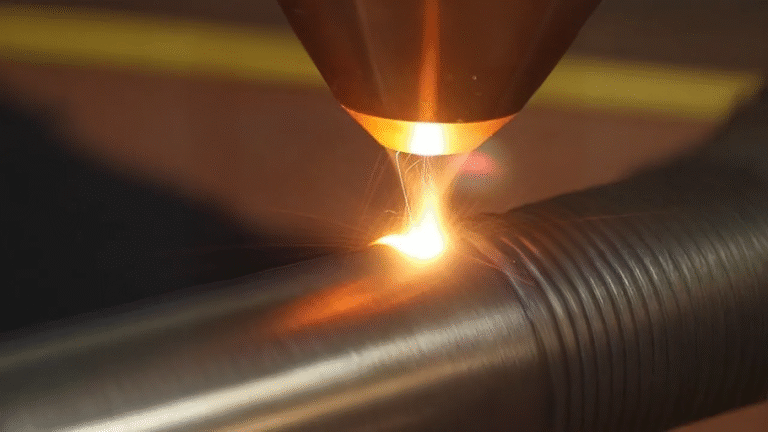
Computer Vision
Player Tracking
Built a CNN to accurately track player ground positions on football fields, even during jumps or falls, using a fully synthetic dataset.
To accurately track a player on a football field, it's essential to determine their precise ground position. To achieve this, we developed a custom convolutional neural network (CNN) designed to estimate these coordinates. A key feature of this system is its ability to accurately infer ground position even when players aren't touching the ground, such as during jumps or falls, by considering the body's spatial orientation.The network was trained entirely on a fully synthetic dataset, allowing for precise annotations. This is a case where off-the-shelf solutions fall short. While many existing models can detect players using bounding boxes or instance segmentation, none are suited to this specialized requirement of estimating ground contact position, making a custom approach essential.
Mechanical Welding
Meca Nano-Welding
The goal of this project was to improve the accuracy of robotic arms by determining the position of the arm’s end effector using 3D reconstruction algorithms. The system relied on four cameras and an infrared flash.
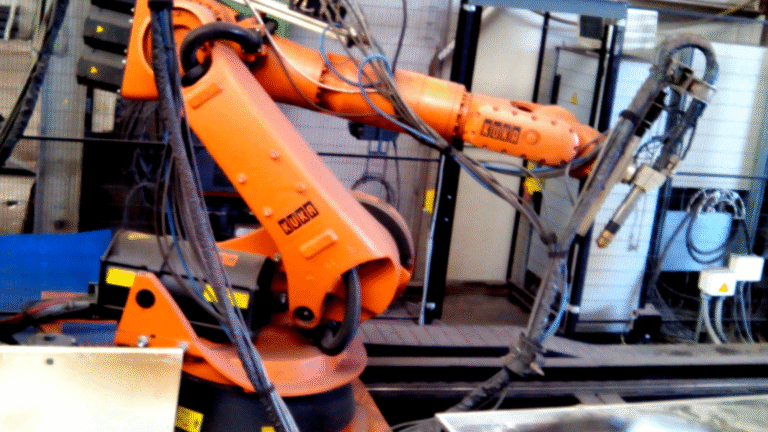
Computer Vision
Radiographic Code Reading
Detected image quality indicators (IQIs) in X-ray images using image processing and automatically estimated image quality with a neural network by counting the number of visible wires — metal rods of decreasing thickness — beneath the indicator. As annotated images are extremely difficult to obtain, the training was performed on a synthetic dataset instead of real images.
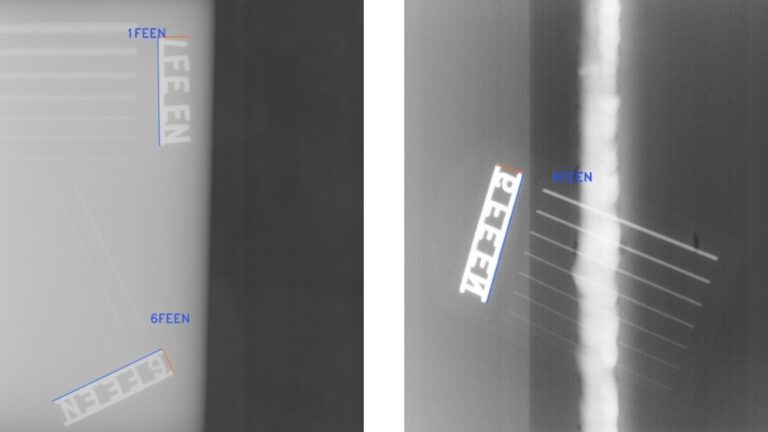
Forestry
Synthetic Database For Forestry IA
Creating a high-quality dataset in the forestry domain is typically a time-consuming and costly process, requiring drone imagery and manual annotation by forestry experts for each individual tree. Since most neural networks require large volumes of annotated data for effective training, accelerating this process can deliver significant value.
To address this challenge, we leveraged our expertise in synthetic data generation to build a fully synthetic dataset representing dense forest top views. We simulated diverse tree populations by randomly generating various species based on real-world statistical distributions. This approach enabled the generation of large volumes of photo-realistic RGB pictures along with rich, automatically generated annotations, including:Individual segmentation masks Depth maps Bounding boxes with species classification This synthetic dataset was successfully used by our partner to train their neural network for tree counting and species classification in real-world forestry applications.
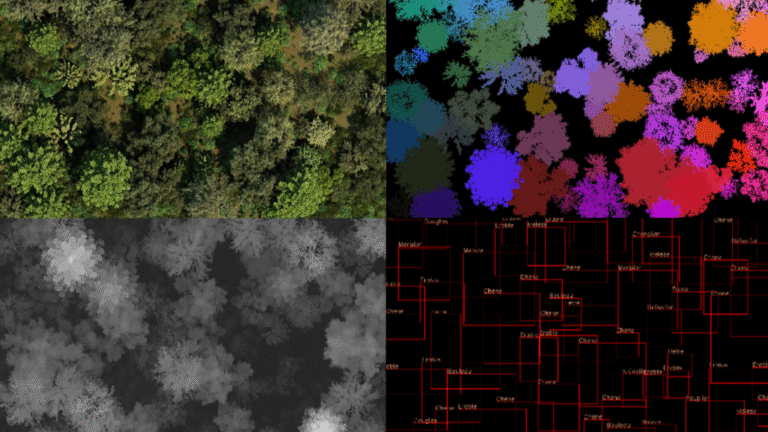
Looking to generate real value with AI?
Discover how our custom-engineered solutions can solve your toughest challenges and give you a lasting edge in a fast-moving market
